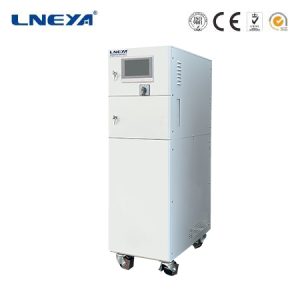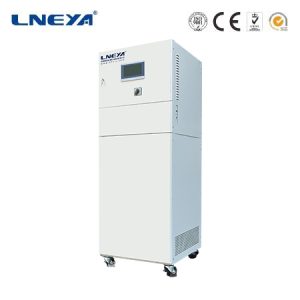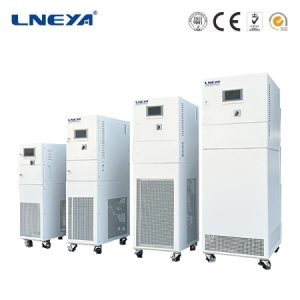Air-to-Water Cooling Systems: A Hybrid Approach to Efficient Cooling
Air-to-water cooling systems represent a hybrid solution that leverages the advantages of both air and water cooling technologies. These systems are engineered to provide efficient cooling by transferring heat from air to water, which is then circulated to cool spaces or equipment. This article delves into the intricacies of air-to-water cooling systems, examining their components, operational principles, and the scenarios where they excel.

Operational Mechanics
The core of an air-to-water cooling system is the heat exchanger, where the heat from air is absorbed by the water. The process typically begins with air being drawn into the system by fans and passing over the heat exchanger. The heat from the air is transferred to the water, increasing its temperature. This heated water can then be circulated to provide space heating or used in industrial processes requiring heated water.
Components of an Air-to-Water Cooling System
The main components of an air-to-water cooling system include:
Heat Exchanger: The central component where heat transfer from air to water occurs.
Fans: Used to draw in air and facilitate heat transfer.
Pumps: Circulate water through the system for heat distribution.
Control System: Regulates the operation of the system based on temperature sensors and user settings.
Benefits of Air-to-Water Cooling Systems
Energy Efficiency: These systems can operate more efficiently in warmer climates due to the superior heat capacity of water.

Versatility: They can be used for both cooling and heating applications.
Sustainability: Reduce reliance on traditional cooling methods that consume more energy.
Energy Efficiency Considerations
Air-to-water cooling systems can be more energy-efficient than traditional air conditioning systems, especially in warmer climates. The use of water as a heat sink allows for more effective heat dissipation, reducing the energy required to cool a space.
Приложения
Air-to-water cooling systems are suitable for a variety of applications, including:
Residential and Commercial Buildings: For space cooling and heating.
Industrial Processes: Where precise temperature control is required.
Data Centers: To cool sensitive electronic equipment efficiently.
Factors to Consider When Implementing an Air-to-Water Cooling System

air cooled package unit
Climate: The system’s performance can be affected by ambient temperatures.
Space Requirements: Adequate space is needed for the heat exchanger and other components.
Maintenance: Regular maintenance is crucial to ensure optimal performance and longevity.
Initial Investment: While the system may offer long-term savings, the initial cost can be higher than traditional systems.
Заключение
Air-to-water cooling systems offer a versatile and efficient approach to cooling and heating, particularly in warmer climates. By understanding the operational mechanics, benefits, and considerations for implementation, users can determine if these systems are the right fit for their specific needs.
This article aims to provide a thorough and unbiased overview of air-to-water cooling systems, ensuring that readers have the information necessary to evaluate the suitability of such systems for their cooling and heating requirements. With a focus on efficiency and sustainability, air-to-water cooling systems present an innovative solution for modern cooling challenges.
 ЛНЕЙЯ
ЛНЕЙЯ
 简体中文
简体中文
















































































